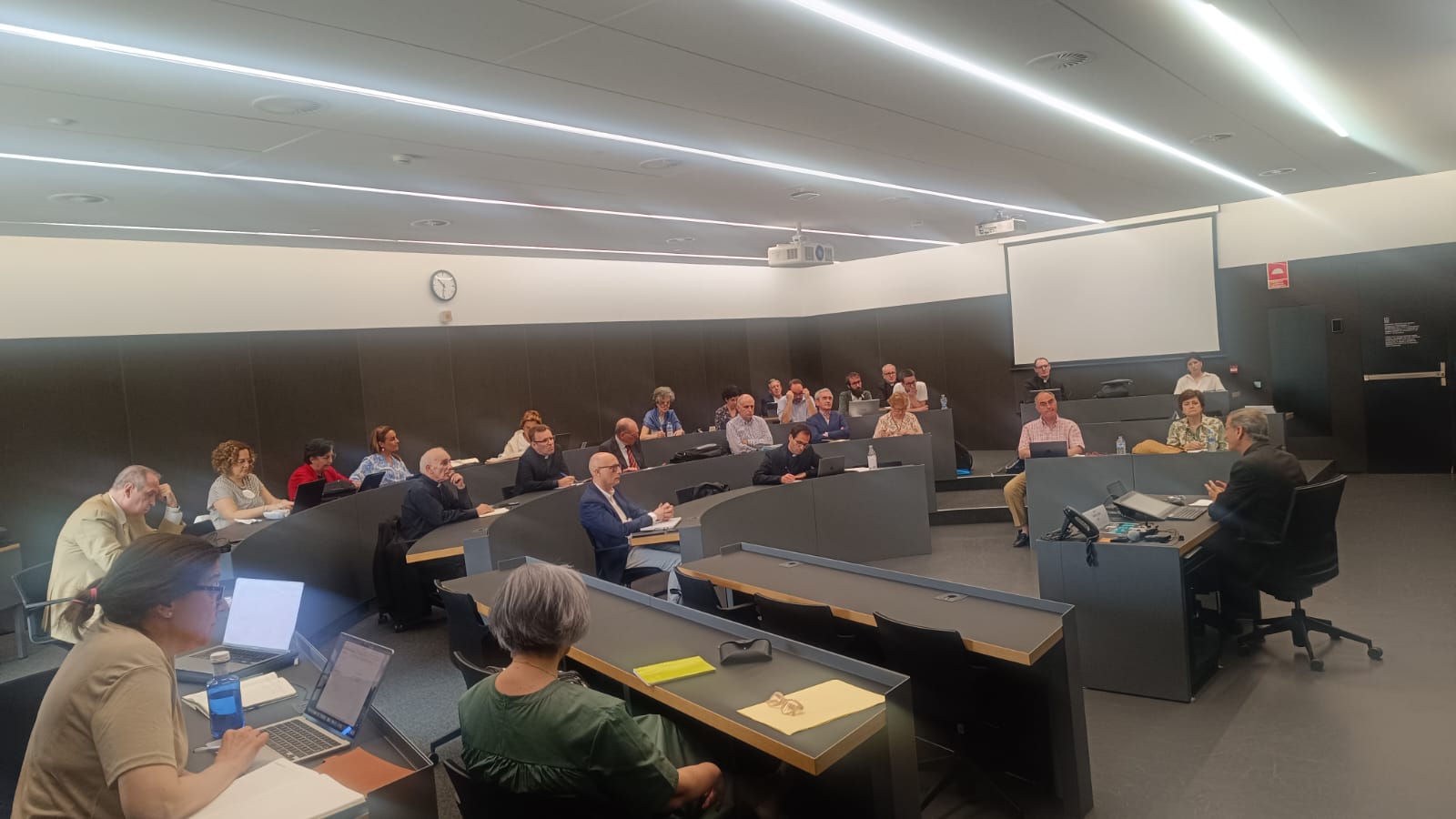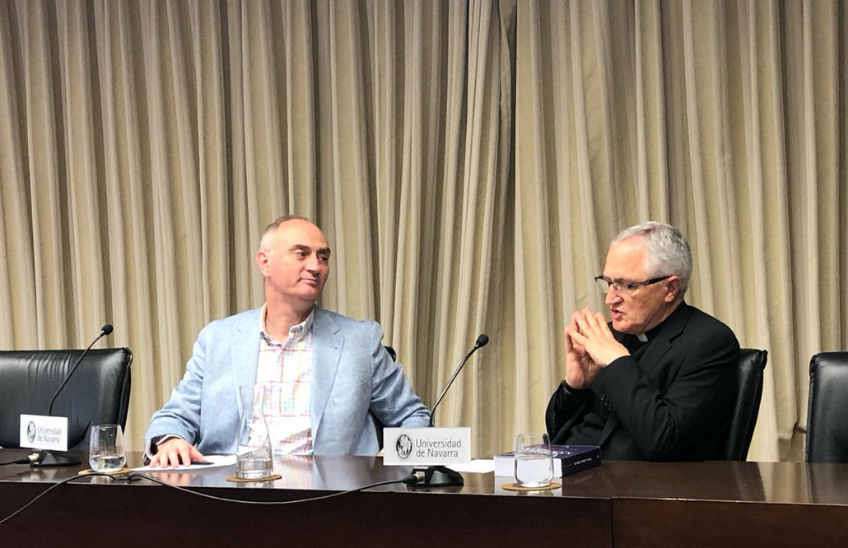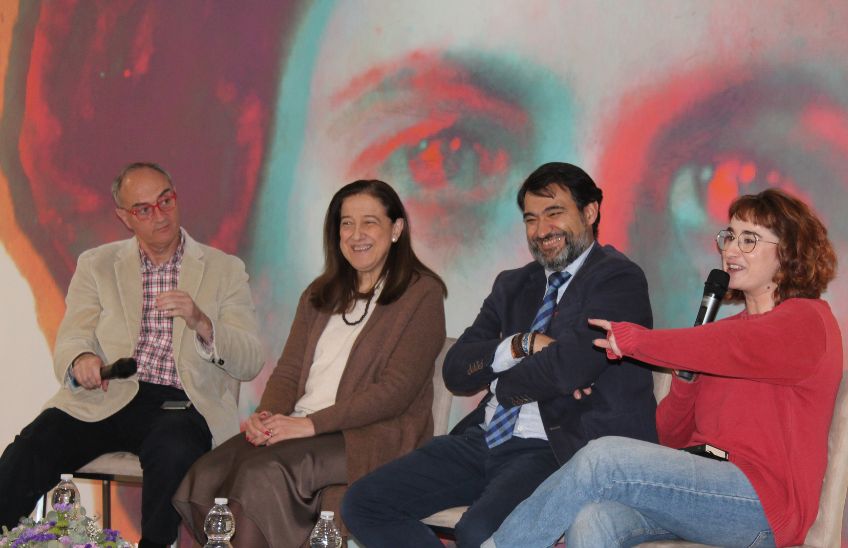Pastors, bishops and Opus Dei
The historian Santiago Martínez presented his new book in which he analyzes the links of Spanish priests to the Priestly Society of the Holy Cross.
18 | 02 | 2025
The book Párrocos, obispos y Opus Dei. Historia y entorno de la Sociedad sacerdotal de la Santa Cruz en España, 1928-1965 by Santiago Martínez explores the relationship between young rural Spanish priests and Opus Dei in the 1940s, 1950s and 1960s, a link little documented until now. Martínez, an expert in the history of the diocesan clergy and the Church in Spain, analyzes how the Priestly Society of the Holy Cross, founded in 1943 by Josemaría Escrivá, became a place of welcome for diocesan priests, providing them with spiritual and pastoral training while they remained incardinated in their respective dioceses. This model, recognized by the Holy See in 1950, emerged as a response to the challenges of the Spanish post-war period, when many priests sought to deepen their vocation and improve their ministry in an ecclesial and social context of reconstruction.
Between 1943 and 1960, about 600 young diocesan priests, with an average age of 25 and only two years of ordination, joined Opus Dei, mainly from rural areas of Spain. This incorporation reflected the desire to find spiritual support, fraternity and training in the daily life of the clergy. The Priestly Society of the Holy Cross offered a space for this accompaniment, based on the charism of Opus Dei.
The impact of this proposal was moderate, but significant. Although the expansion of the Priestly Society was concentrated in inland Spain, with less presence in regions such as the Basque Country or the Balearic Islands, its influence grew over time. Today, the Society has more than 4,000 priests around the world, who, like the laity of Opus Dei, find in it a solid spiritual and pastoral support.
Table of contents and introduction



